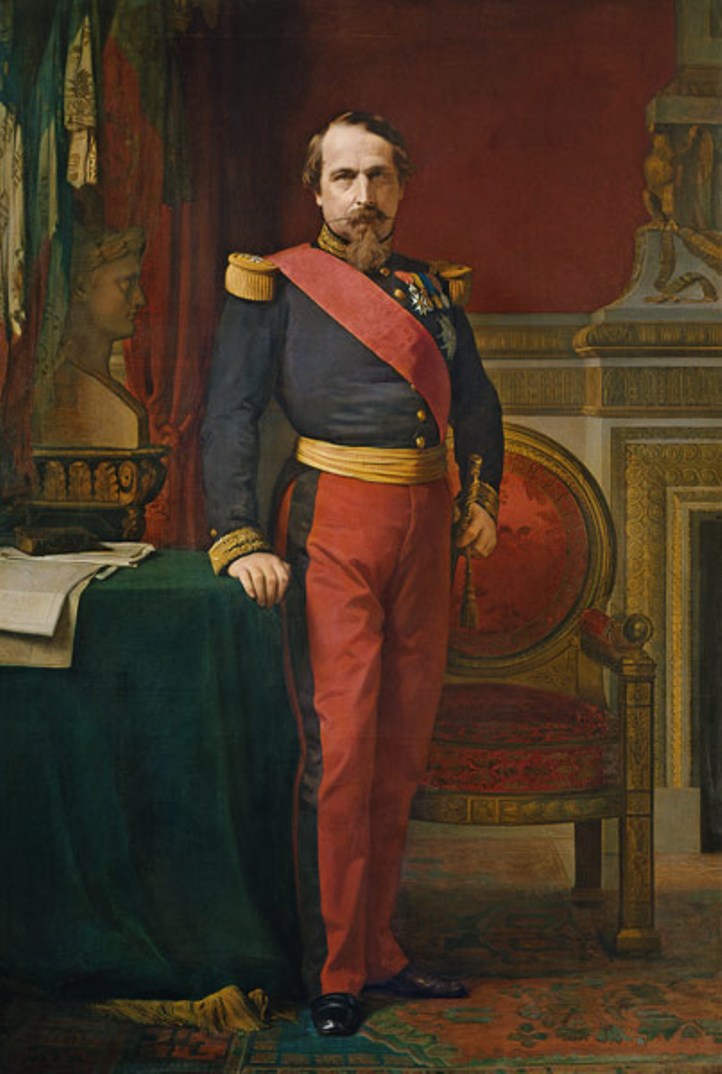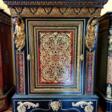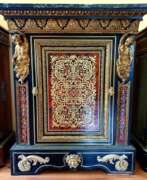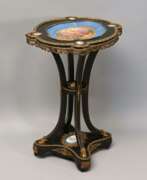Period of Napoleon III

Period of Napoleon III
The Period of Napoleon III, spanning from 1852 to 1870, marks a significant era in French history, known as the Second French Empire. Napoleon III, born Charles-Louis Napoléon Bonaparte, was the nephew of Napoleon I and the last monarch of France. He began his rule as the president of the French Second Republic and later became the Emperor of the French after a successful coup d’état.
This era was characterized by significant modernization of the French economy and urban development. Napoleon III commissioned the grand reconstruction of Paris, led by Baron Georges-Eugène Haussmann, transforming the city's appearance with new boulevards, parks, and buildings. He also expanded the French colonial empire, improved the banking system, and played a key role in the construction of the Suez Canal.
In foreign policy, Napoleon III sought to reestablish French influence in Europe. He was instrumental in the Crimean War against Russia and supported Italian unification. However, his reign ended with the disastrous Franco-Prussian War, leading to his capture and the fall of the Second Empire.
Art and culture flourished during this period, with Napoleon III and Empress Eugénie hosting grand parties at Versailles and supporting artistic endeavors. The Emperor continued Louis-Philippe's historical project at Versailles, placing paintings of major events from his reign in the Africa Rooms. Notably, the Petit Trianon was dedicated to the memory of Marie Antoinette, with an exhibition that opened in 1867.
The Period of Napoleon III remains a fascinating subject for collectors and experts in art and antiques, highlighting a time of significant change and development in French history. To stay updated on sales and auction events related to this period, sign up for our newsletter. Our service offers exclusive insights into an era of dramatic transformation in France.
| Country: | Europe, France |
|---|---|
| Start of the period: | 1848 |
| End of the period: | 1870 |










